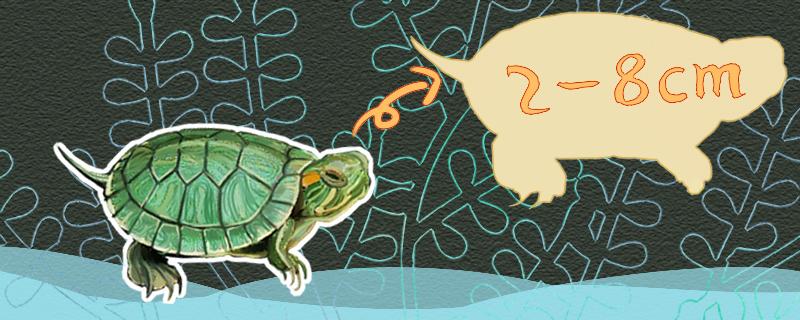 1. Feeding container
1. Feeding container Large Brazilian tortoises should naturally be raised in larger containers. If the containers are too small, they will not move and become uncomfortable. There should be a certain amount of water in the container, because it is a water turtle, which should be soaked in water at ordinary times. The water level can not pass the turtle's back, but it should not be too deep. It is best to prepare a place to go ashore.
2. Water temperature and water qualityBrazilian tortoises have low requirements for the environment, and they can survive in the water temperature between 3-43 ℃. But the most suitable temperature for its growth is between 20-30 ℃. During artificial rearing, the water temperature can be kept between 20-30 ℃. It can tolerate poor water quality, but if you want them to grow better, you'd better change water frequently to ensure clean water quality. If conditions permit, you can change water 1-2 times a week, and the amount of water changed each time should be controlled at half of the total amount of water.
3. Daily illuminationAlthough Brazilian tortoises live in water for a long time, they also like to bask in the sun. Breeders can build an amphibious environment for them when breeding, so that they can freely choose where to live.
IV. Regular feedingBrazilian tortoises are omnivorous and are not picky about food. In childhood, you can feed some small fish, shrimp, loach, red worm, bread worm, lean meat, etc. When it matures, you can feed more plant feeds, such as cabbage, rape, cucumber, apple, banana, grape, etc. These foods contain a lot of vitamins and trace elements, which can improve its immunity and resistance.